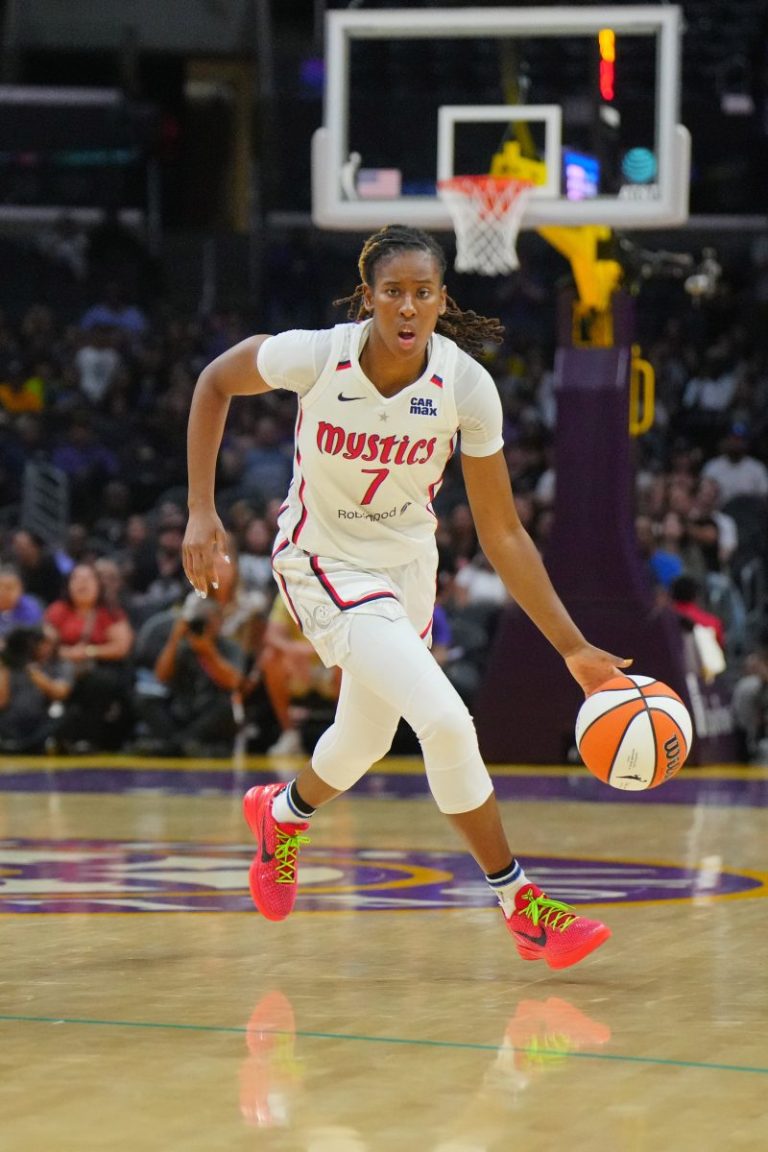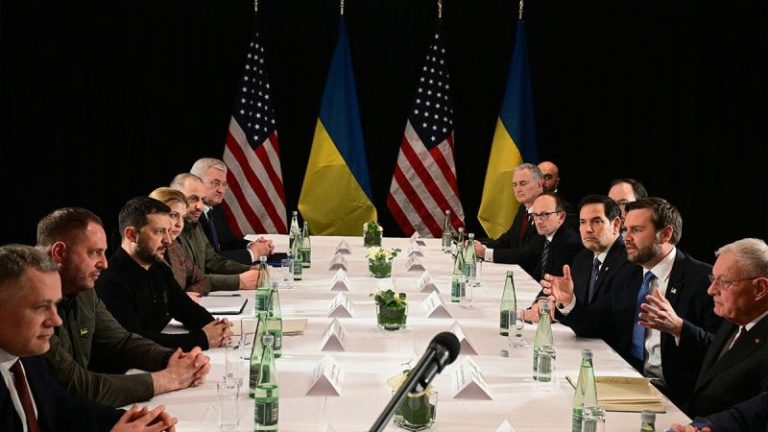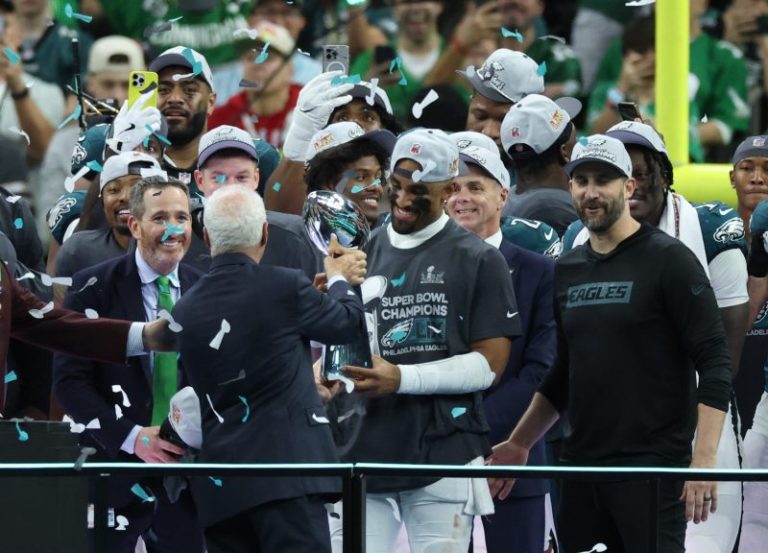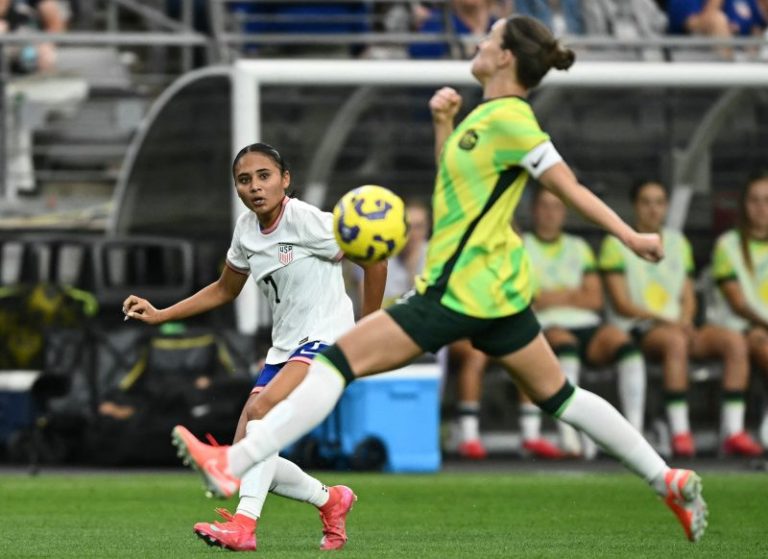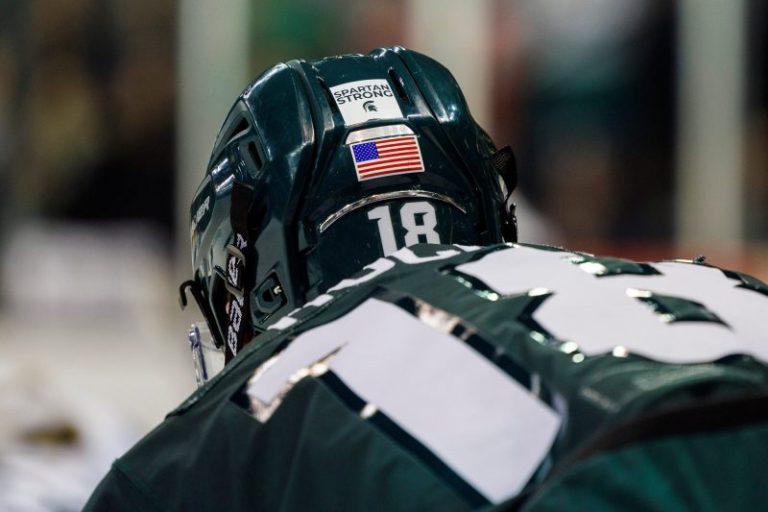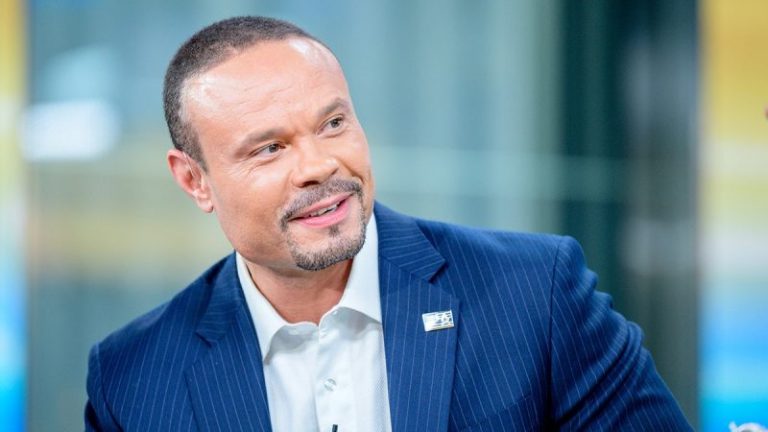The U.S. women’s national team, despite fielding multiple teenagers and an inexperienced lineup, held off Australia for a 2-1 win at the 2025 SheBelieves Cup on Sunday.
A first-minute goal from Lynn Biyendolo set the USWNT on its way, while Michelle Cooper’s first senior national team goal proved to be the winner. Despite a late finish from Matildas’ veteran Michelle Heyman, the USWNT benefitted from impressive performances by playmaker Jaedyn Shaw and 19-year-old holding midfielder Claire Hutton.
Despite the absence of the vaunted ‘Triple Espresso’ forward trio, the USWNT attack created numerous chances, and probably left a goal or two on the table. Even after Australia adopted more effective tactics for the game’s final hour, Emma Hayes will likely be quite happy to see her younger squad respond to a test from a veteran Aussie side.
Follow along as Pro Soccer Wire discussed the USWNT win as it played out:
USWNT vs. Australia: Highlights after 2-1 SheBelieves Cup win for Team USA
USWNT vs. Australia full time score: USA 2, Australia 1
Michelle Cooper’s second-half goal proves to be the game-winner, as the USWNT beats Australia 2-1 at the SheBelieves Cup.
Overall, there’s a lot of positives for the U.S. in terms of younger, less-experienced players learning some important lessons against a team full of salty veterans that radically changed their tactics mid-game. Jaedyn Shaw and Claire Hutton emerged in impressive fashion, while goals from Cooper and Lynn Biyendolo underline the competition in place even without ‘Triple Espresso’ in camp.
Micah denies Sentnor, Cooper as USWNT pursues third goal
A beautiful sequence sees Korbin Albert (who has not offered much on the day, it must be said) and Shaw combine to unlock the Australia defense. Shaw slipped a wonderful ball in for Sentnor, but Micah had a splendid reaction to deny the Utah Royals attacker in the 88th minute.
From the resulting corner, McKeown’s volley struck Cooper, who nearly converted that into a third. Micah, the Liverpool goalkeeper who played collegiately with UCLA, reacted sharply to again preserve the 2-1 scoreline.
GOAL Australia: Heyman knifes in to finish counter
Korbin Albert misses a sitter on a USWNT corner, and Australia makes the hosts pay.
A Matildas counter in the 80th minute ends with Raso crossing for Heyman, who was clinical in nodding the service down past McGlynn. That was well-worked from Australia, and Emma Hayes won’t be happy after bringing some veterans in to close this game out.
Gisele Thompson off, Emily Fox on for USWNT
It’s the 78th minute, and the USWNT is making another change. This time, normal starter Emily Fox has entered for the final minutes, replacing another one of the teens the U.S. wanted to test today in Gisele Thompson.
Thompson didn’t have as much of the success we’ve seen from her in the NWSL in terms of attacking threat, with only one of her three dribble attempts working out, but she was stable and reliable defensively, winning seven of 11 duels.
Hutton off, Coffey on for USWNT
That excellent pass was Hutton’s final action, with Sam Coffey replacing the youngster at the base of the USWNT midfield.
Hutton’s first USWNT cap sees her compile 91% passing accuracy on 32-of-35 passing, 100% long ball accuracy (7-of-7), and some critical defensive duels won.
It wasn’t a perfect performance, as Hutton was also outmuscled a couple of times and beaten on the dribble at least once, but the 19-year-old was a positive influence on a game against a top-10 international opponent from a position that is generally played by veterans. Not bad at all.
GOAL USWNT! Cooper pounces to make it 2-0
Michelle Cooper needed just seven minutes to make it happen for herself, with a goal that Kansas City Current fans are going to love.
First, a long spell of possession sees Claire Hutton split the defense to find Ally Sentnor, breaking Australia’s defensive scheme. Then, when Sentnor stumbled as she arrived on the ball, Cooper was on hand to make sure the chance still panned out, clinically firing past Micah.
Australia makes two changes
The Matildas have made substitutions of their own, with Sermanni bringing two new faces in as play stops in the 63rd minute.
Holly McNamara makes way up top, with veteran Michelle Heyman replacing her. In the midfield, Mary Fowler comes off, with Alana Murphy taking over.
USWNT quadruple substitution
Emma Hayes is making four changes in the 61st minute, including a brand-new front line.
Coming off: Crystal Dunn, Alyssa Thompson, Emma Sears, and Lynn Biyendolo.
Into the game: Ally Sentnor, Yazmeen Ryan, Michelle Cooper, and Tara McKeown.
Looks like the USWNT will set up in the following 4-2-3-1 (right to left): McGlynn; G. Thompson, Sams, McKeown, Davidson; Albert, Hutton; Ryan, Shaw, Cooper; Sentnor.
Biyendolo nearly steals a second
Australia has been stronger to start this second half, but in the 56th minute very nearly handed the U.S. a second goal.
Winonah Heatley tracked back from midfield and thought she could easily slide a pass over to Micah, but she never saw Biyendolo lurking. The softly-hit pass was easy pickings for Biyendolo, but her low-angle shot couldn’t quite find its way inside the post.
The USWNT, meanwhile, is readying four substitutions.
USWNT escapes after McGlynn error
Mandy McGlynn has to put her hand up after a big mistake nearly gifted Australia a 50th-minute equalizer.
It was simple stuff, as the Australia press forced the USWNT into a back pass, but the Utah Royals goalkeeper approached the ball at the wrong angle, welcoming a challenge from Holly McNamara. In the end, the ball was briefly loose in front of an empty net, but Tierna Davidson and Emily Sams intervened to allow McGlynn to eventually recover.
McGlynn is arguably the most promising young goalkeeper in the U.S. pool, but this particular showing hasn’t exactly expressed that. She’s been shaky on a few crosses, and this was just a product of not judging her angles correctly.
USWNT vs. Australia: Second half underway
The second half has begun at State Farm Stadium, with no substitutions either way.
The first moments of the half see Shaw and Australia’s Charlotte Grant collide. Shaw’s holding her shoulder but seems ready to continue, while Grant has spent over two minutes receiving treatment.
USWNT vs. Australia: U.S. leads 1-0
The USWNT dominated the opening 25 or so minutes of this game, finding it all too easy to create big chances and leave Australia chasing. Lynn Biyendolo’s goal just seconds into the match gave the U.S. the lead, and in general Australia looked to be suffering from the same inability to slow their opponent down that they did against Japan on Thursday.
However, a change in tactical approach has shifted the game to a degree. Australia’s move to a 4-1-4-1 formation has allowed for player-marking in the midfield, disrupting the USWNT’s build patterns and giving Jaedyn Shaw (the player of the match thus far), Korbin Albert, and Claire Hutton less time on the ball.
By taking more chances as a pressing team instead of trying to defend space via positioning, Australia has given the USWNT a new puzzle to solve. Given the point of this roster, per Emma Hayes, is to learn more about a wider swath of the player pool, that’s great news! The opening 25 minutes wouldn’t have taught the coaching staff much, as Australia was simply not providing the caliber of opposition needed. The change in approach is beneficial for both teams in a way, and is making for a more intellectually stimulating match.
USWNT vs. Australia: Matildas adjust
The first half-hour of this game was more or less all USWNT, but Australia has changed some things up to gain a foothold. An initial 4-2-3-1 formation, playing out of a mid-block, was too full of seams for the U.S. to take advantage of.
During the injury stoppages for Heatley and Gisele Thompson, though, the Matildas have made some alterations. Tom Sermanni has shifted into a 4-1-4-1, with Fowler and Kyra Cooney-Cross closer to one another. Australia is now more compact as a unit, and are pressing more aggressively than before.
The end result? It’s been a while since the USWNT walked through Australia, and at the other end the Matildas have created a couple of set-piece chances — Hayley Raso just benefitted from a wide-open look after escaping Claire Hutton, but the angle was too sharp — and Caitlin Foord just zipped an off-target effort after another decent sequence.
Gisele Thompson down after hard collision
A 30th-minute Australia corner kick wasn’t ideally dealt with by Mandy McGlynn, who missed on an attempted punch. However, in the aftermath play stopped as Mary Fowler crashed into Gisele Thompson as the two leapt for a header, clearly fouling the Angel City youngster.
Thompson needed a full minute or so, but is playing on without much apparent pain. That could have gone much worse.
Another big chance for Biyendolo
In terms of stopping the USWNT from entering the attacking third, Australia has no answers, and Teagan Micah had to come up with a strong save to keep this game 1-0.
This time, it’s Jaedyn Shaw playing a perfectly-weighted through ball (as she tends to do), holding off a challenge just long enough to send Biyendolo slashing between the center backs. The Seattle Reign forward did well to prevent a Matildas challenge from disrupting her partial breakaway, but a powerful shot was just a bit too close to Micah, who tipped it over the bar.
Australia’s issues are compounded here by a possible injury to Winonah Heatley, who has been down for nearly two minutes with a knock.
USWNT goal called back
Biyendolo for a brief moment appeared to have a second — and somehow, an even easier chance than the tap-in from four yards on the opener — but it’s correctly called back for offside.
Once again, it’s Sears, who resembled something of a powerful football running back just charging ahead as Australia was brushed aside. If the Matildas can’t prevent Sears from facing up and turning on the jets, they’re in for a very long day at the office.
GOAL USWNT! Biyendolo scores within 45 seconds
Incredible start form the USWNT, and it’s already 1-0. Emma Sears — starting on the left flank, as opposed to her traditional right wing role — drove inside at a retreating Australia before holding up play. That should have killed the chance, but Australia’s hesitance from the opening game continued.
Sears eventually got help from Jaedyn Shaw, who was able to push into the box, hold off a marker, and find Lynn Biyendolo for a tap-in from three yards out.
USWNT vs. Australia: Game kicks off
The USWNT and Australia are underway in Arizona.
Given the lack of familiarity in Hayes’ starting 11, this will be a big game for monitoring how well younger players (in particular, teenagers Claire Hutton and Gisele Thompson) can solve problems quickly, and whether the not-quite-veterans generation can take on larger roles. Players like Jaedyn Shaw, Korbin Albert, and Emily Sams in particular have a chance to show they can handle more in-game responsibility.
USWNT vs. Australia lineups: USWNT fields brand-new 11
USA (4-2-3-1): Mandy McGlynn, Gisele Thompson, Emily Sams, Tierna Davidson, Crystal Dunn; Claire Hutton, Korbin Albert; Emma Sears, Jaedyn Shaw, Alyssa Thompson; Lynn Biyendolo
Available subs: Jane Campbell, Tara McKeown, Jenna Nighswonger, Ally Sentnor, Lindsey Heaps, Lily Yohannes, Emily Sonnett, Sam Coffey, Catarina Macario, Michelle Cooper, Yazmeen Ryan, Emily Fox
Australia (4-2-3-1): Teagan Micah; Ellie Carpenter, Alanna Kennedy, Winonah Heatley, Steph Catley; Charlotte Grant, Kyra Cooney-Cross; Hayley Raso, Mary Fowler, Holly McNamara; Caitlin Foord
USWNT vs. Australia: How to watch SheBelieves Cup, TV channel, live stream
Date: Sunday, Feb. 23
Time: 5 p.m. ET
TV: TBS, Universo
Stream: Max, Sling TV, Peacock (Spanish only)
Watch USWNT vs. Australia on Sling TV
SheBelieves Cup 2025: Standings, results, schedule
Below are the standings from the tournament heading into the USWNT’s game against Australia:
Japan – 6 points (plus-7)
United States – 3 points (plus-2)
Australia – 0 points (minus-4)
Colombia – 0 points (minus-5)
Results and schedule:
Thursday, Feb. 20: Japan 4-0 Australia
Thursday, Feb. 20: USWNT 2-0 Colombia
Sunday, Feb. 23: Japan 4-1 Colombia
Sunday, Feb. 23: USWNT vs. Australia — 5 p.m. ET, State Farm Stadium (Glendale, Ariz.)
Wednesday, Feb. 26: Australia vs. Colombia — 7:30 p.m. ET, Snapdragon Stadium (San Diego, Calif.)
Wednesday, Feb. 26: USWNT vs. Japan — 10:30 p.m. ET, Snapdragon Stadium (San Diego, Calif.)
USWNT SheBelieves Cup roster
Jane Campbell – GK
Emily Sams – DF
Korbin Albert – MF
Tara McKeown – DF
Jenna Nighswonger – DF
Lynn Biyendolo – FW
Alyssa Thompson – FW
Jaedyn Shaw – MF
Ally Sentnor – FW
Lindsey Heaps – MF
Lily Yohannes – MF
Tierna Davidson – DF
Emma Sears – FW
Emily Sonnett – DF
Gisele Thompson – DF
Claire Hutton – MF
Sam Coffey – MF
Mandy McGlynn – GK
Crystal Dunn – DF
Catarina Macario – FW
Michelle Cooper – FW
Yazmeen Ryan – FW
Emily Fox – DF
Australia SheBelieves Cup roster
Mackenzie Arnold – GK
Michelle Heyman – FW
Winonah Heatley – DF
Clare Hunt – DF
Natasha Prior – MF
Alana Murphy – FW
Steph Catley – DF
Kaitlyn Torpey – DF
Caitlin Foord – FW
Emily van Egmond – MF
Mary Fowler – MF
Teagan Micah – GK
Tameka Yallop – MF
Alanna Kennedy – DF
Daniela Galic – FW
Hayley Raso – FW
Holly McNamara – FW
Chloe Lincoln – GK
Katrina Gorry – MF
Laini Freier – FW
Ellie Carpenter – DF
Charlotte Grant – DF
Kyra Cooney-Cross – MF
USWNT vs. Australia: What is SheBelieves Cup?
The USWNT will face Colombia Thursday night in the SheBelieves Cup, an annual four-team tournament of friendly games held in the United States early in each year in February or early March.
The first-ever SheBelieves Cup was held in 2016, and U.S. Soccer has largely attempted to make sure the opponents are among the world’s elite. The 2025 edition will feature the USWNT, Colombia, Australia, and Japan.
We occasionally recommend interesting products and services. If you make a purchase by clicking one of the links, we may earn an affiliate fee. USA TODAY Network newsrooms operate independently, and this doesn’t influence our coverage.
This post appeared first on USA TODAY

